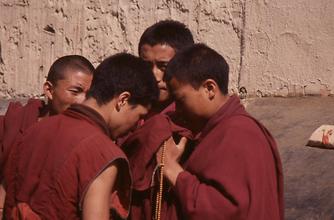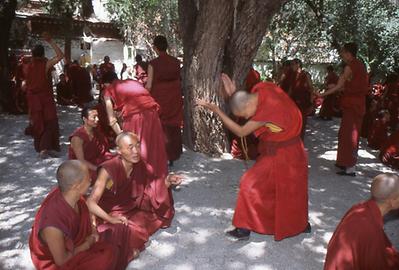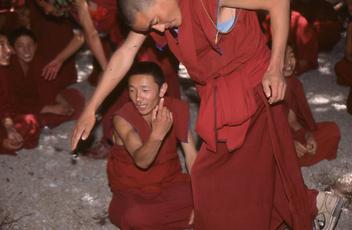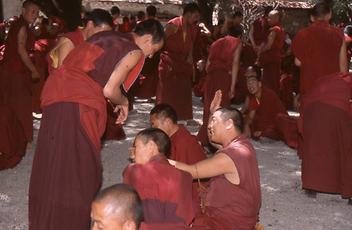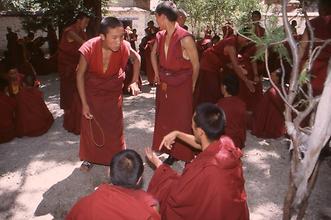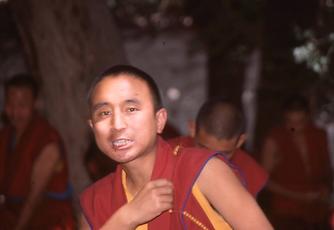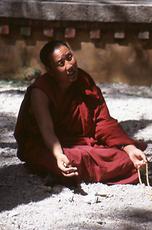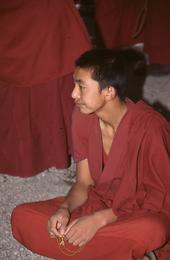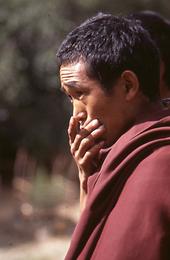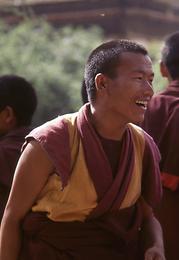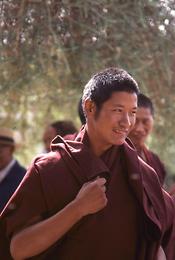Tibet – Through debate to religious wisdom#
ByAll photos were taken by the author in the years 1991, 1993, 1995, 1999 and 2000 in the monasteries Sera, Drepung, Ganden and Tashilhunpo. They are part of the archive "Pictureflood Jontes".

When visiting a monastery of the Tibetan Gelugpa order which is also known as Yellow Hat order in the West because of its ritual head covering, the visitors can watch every now and then, how monks in small groups are debating with each other in a courtyard, in a meadow or under shady trees. They are excited, but never hostile and make sweeping body movements. The visitor is witness of a Buddhist religious dispute. The tradition of disputes date back to the Middle Ages.
Tibetan Buddhism is a particular form of the teaching of the historical Buddha Shakyamuni, who pointed a way to inner liberation from pain, fear and spiritual threat. His sermons were written down from memory after his death by his followers and thus were brought from an oral into a written form. From that moment a rich literature of comments on the “word from Buddha” and a complex system of theology and philosophy emerged. In the course of time special forms of striving have developed. Only through an organized life in a monastery and in search for perfection, the state of nirvana can be reached, the absolute extinction without painful and lengthy rebirths. Thus two separate branches of Buddhism developed. The Hynayana Buddhism, the "small vehicle of the monks" and the Mahayana Buddhism, the "big vehicle" which is accessible to all. The latter is also available to the layman. Especially in Tibet the monasteries became a focal point of scholarship. In universities and faculties of monasteries famous Lamas continued the development of doctrines.



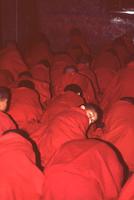
In its present form the Tibetan Buddhism emerged as a result of the connection of pure Buddha-Dhamma with animistic shamanistic beliefs and practices. This process took place more than thousand years ago and then split into different schools or orders. Today there are four schools: Nyingma, Gelug, Kagyü und Sakya.


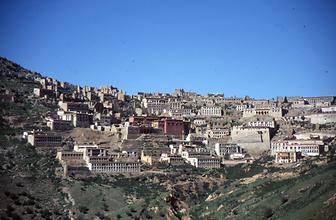

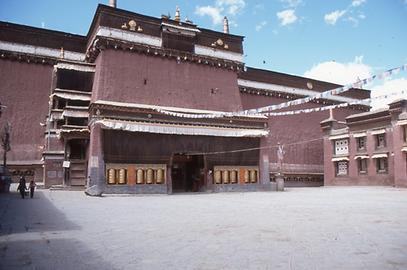
Especially the reformed-minded Delugpa order, whose spiritual leader is the Dalai Lama recognized as such at the time at issue, puts an utmost importance on scholarly training and a long-lasting elitist selected path. Centres were the three state monasteries around the capital Lhasa Sera, Drepung and Ganden. Earlier the elites were selected from thousands of monks. Even today under the eyes of Chinese authorities hundreds of monks can enter the scholarly spiritual path. The aim is to be trained in order to reach the highest dignity of a Geshe. This often takes more than twenty years and includes constant learning, mental exercises and final exams which usually take place in the Tibetan New Year.
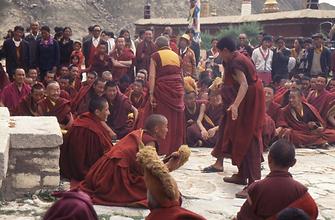
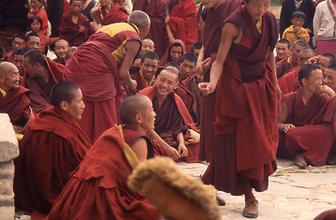

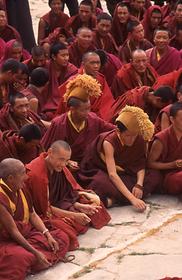



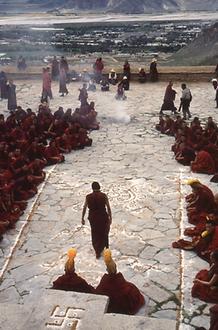


The training includes the art of collective debating on a topic that is usually taken from the statements of Buddha in his sermons. This form was first introduced by the Sakyapa, but at the beginning of the 15th century it was taken over by the Gelugpa and brought to its standardized greatness.
The monks come together. First they call upon the Bodhisattva of Wisdom Manjusri. Then, a text is given, via which a dispute occurs following exactly defined rules. Groups of three are formed, consisting of challenger, defender and referee. The defender is sitting on the ground. The challenger approaches him with certain steps, stops in front of him and tries to find contradictions in the defence of the posed question. There is a repertoire of very dynamic gestures, jumps and stamping. One of the hand movements indicates that thereby the node of ignorance is cut. Another hand movement symbolizes the path from the depths to the height of the truth. By clapping hands arguments are strengthened or attacks are fended off. The whole procedure looks very ecstatic and combative, but animosities do not arise from it. It may also be very funny and much laughter indicates that all have their joy and even fun.
